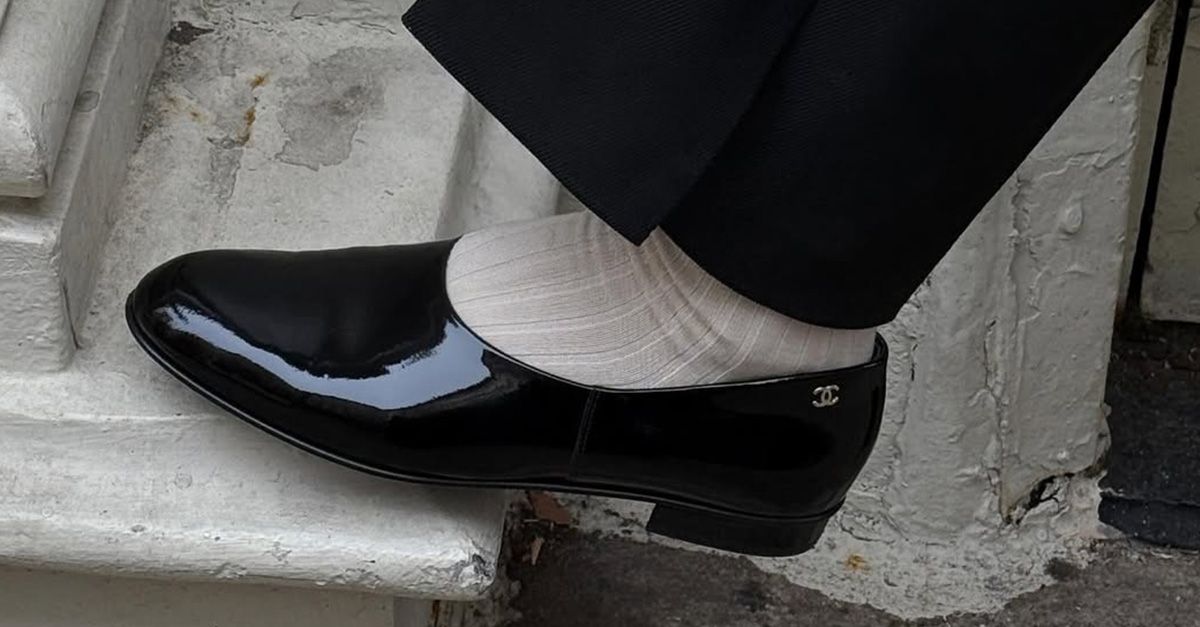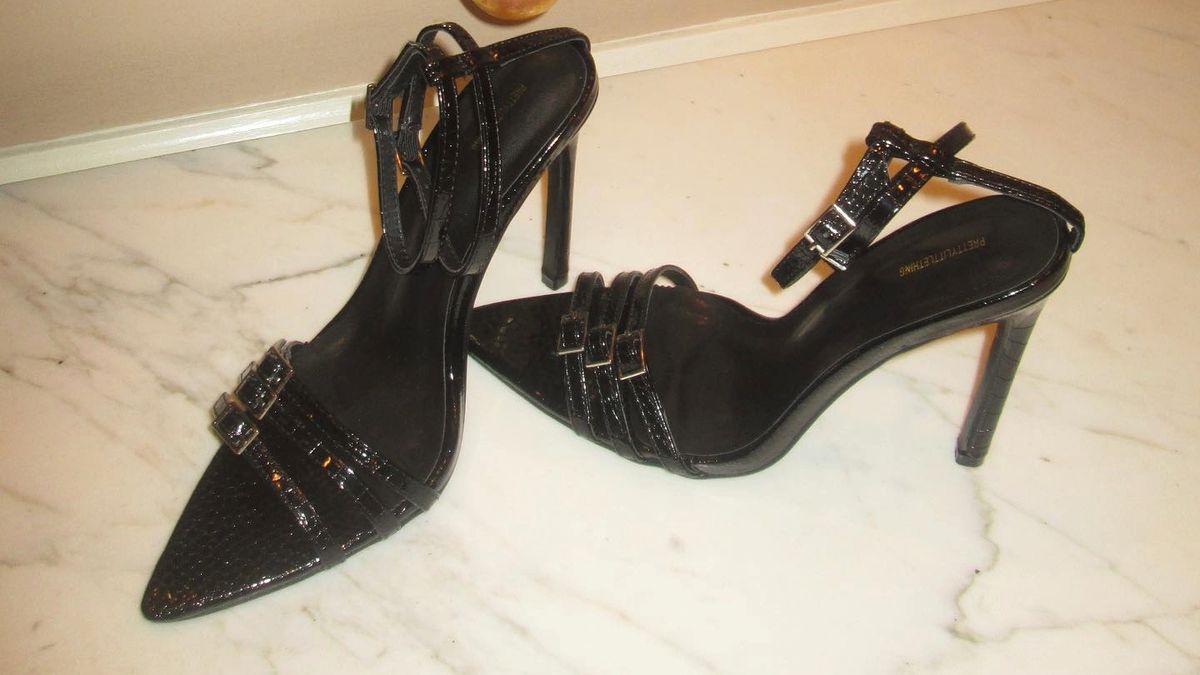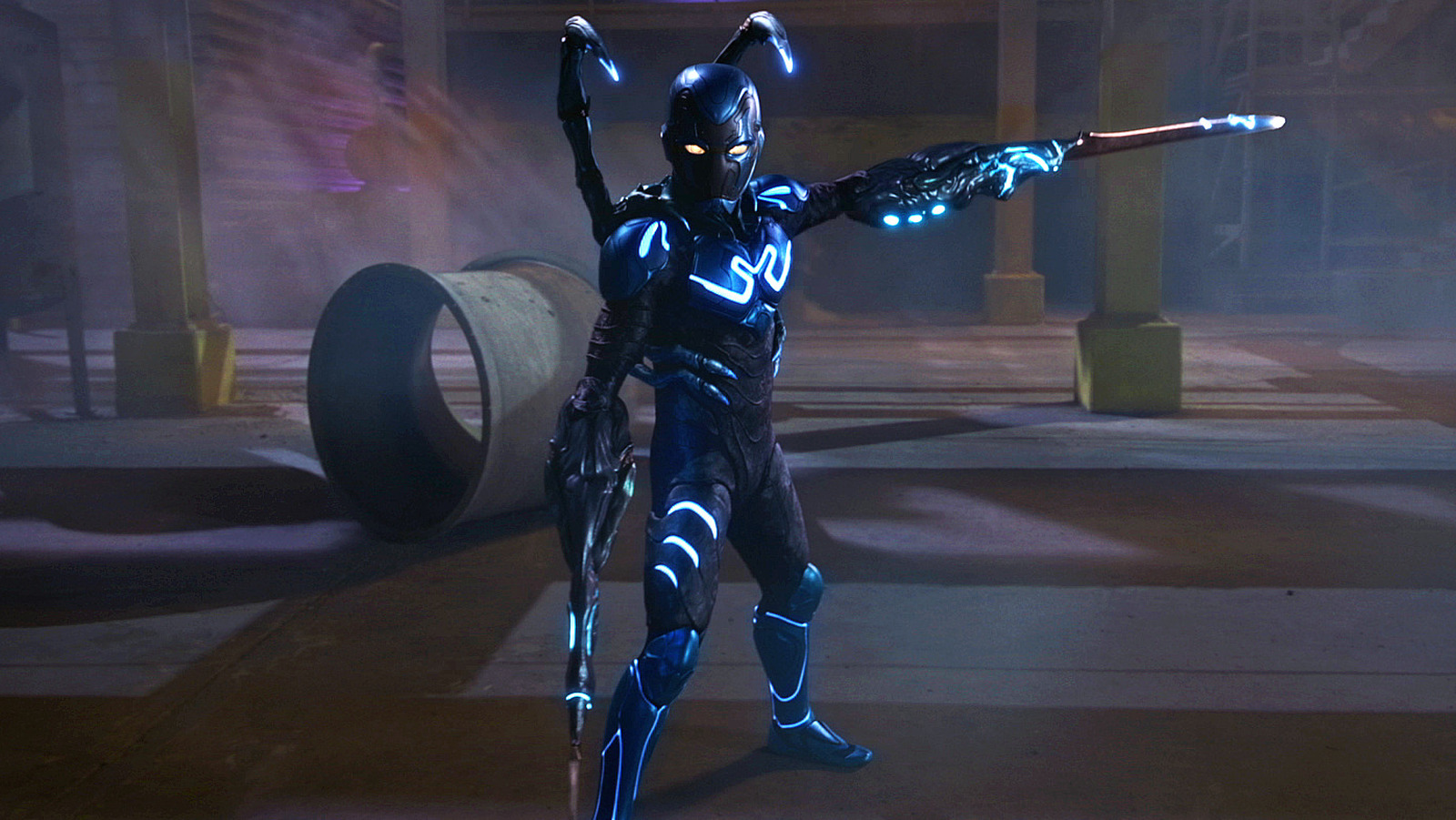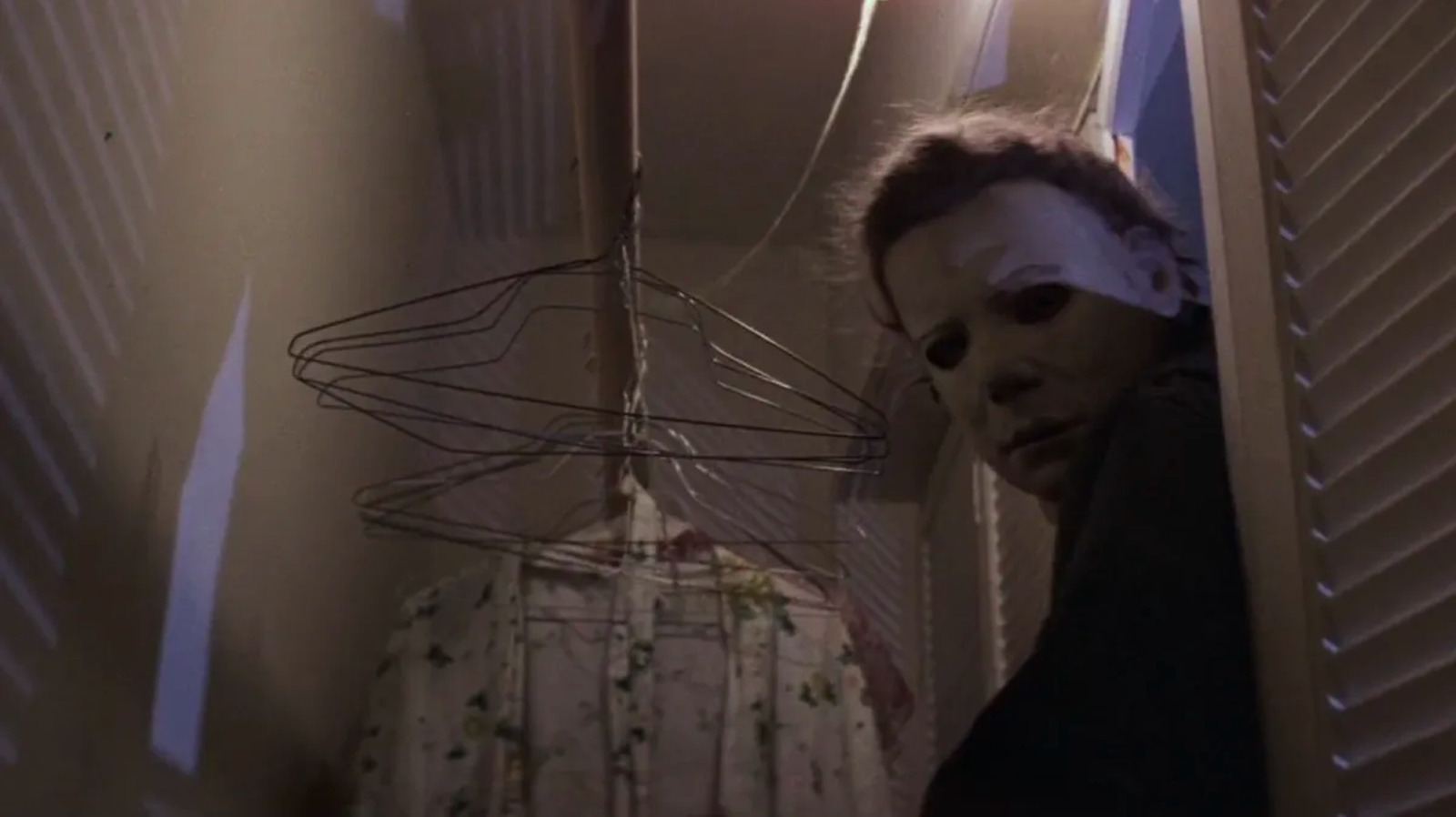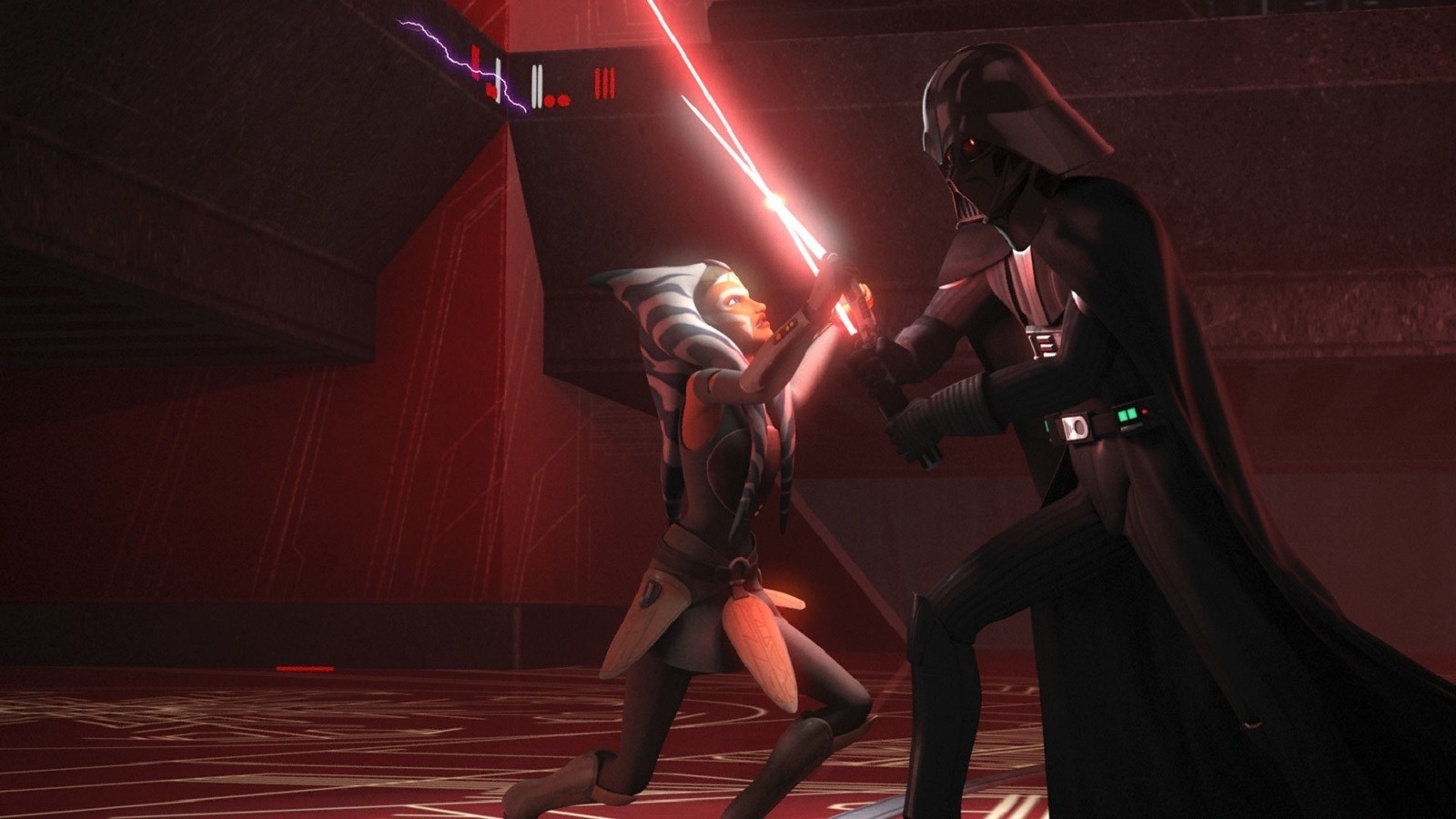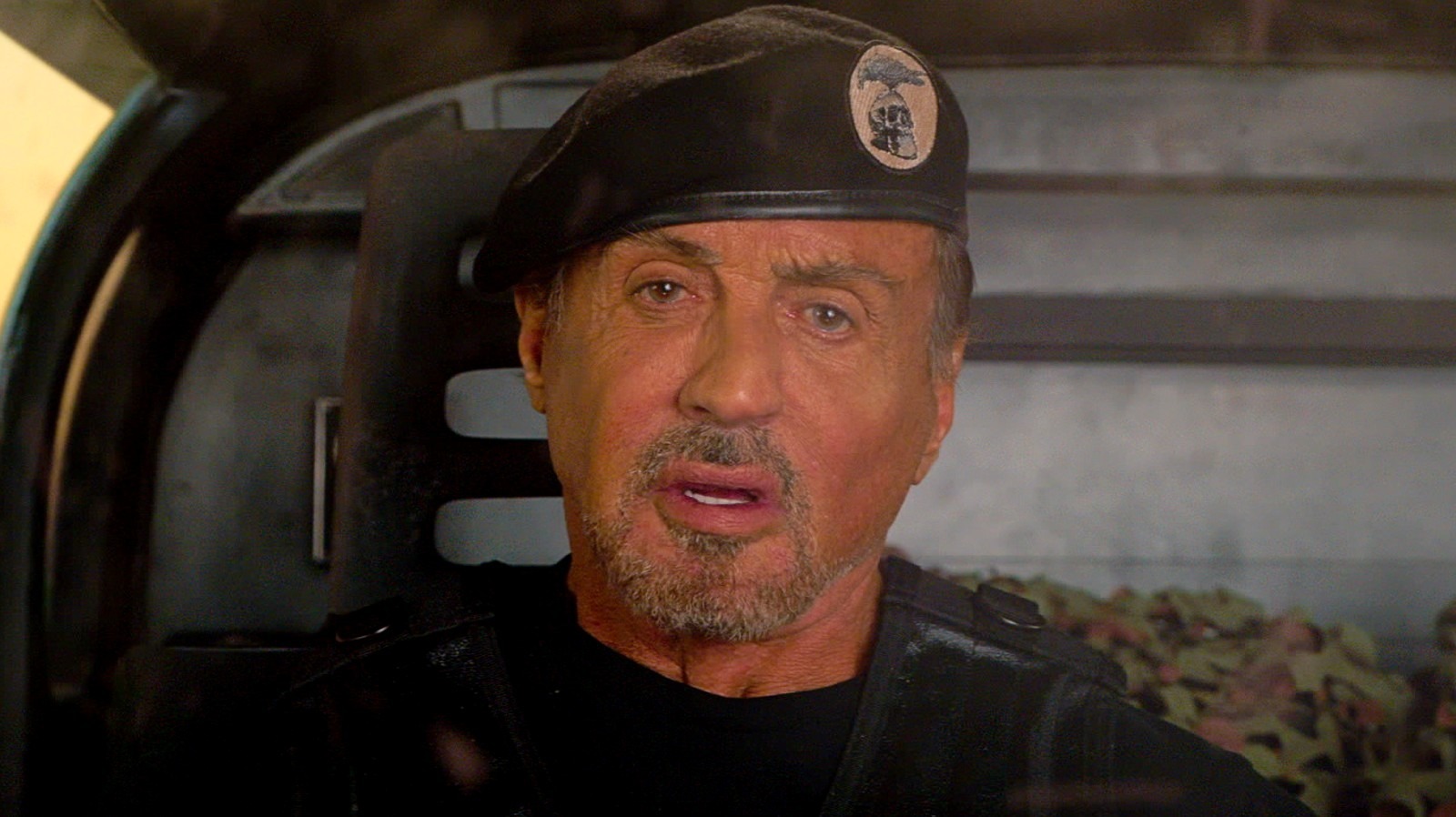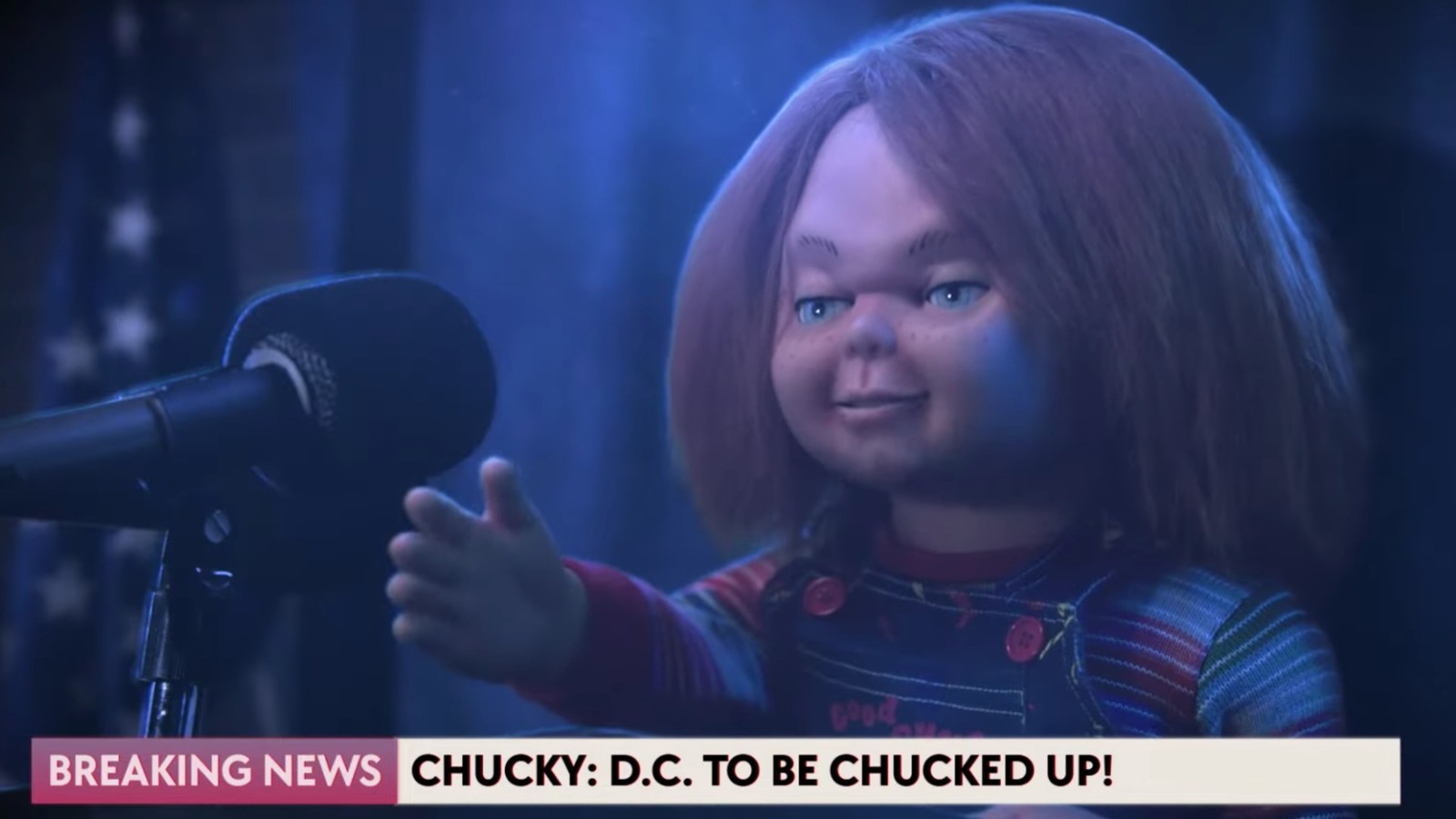So then, why is it that WB backed “The Flash” with seemingly every resource they had, while “Blue Beetle” had a far more modest marketing push by comparison? There may be no single, definitive answer, but there are several likely factors at play.
For one, director Angel Manuel Soto’s “Blue Beetle” was a much smaller movie, with a reported $104 million budget. The movie was originally going to go directly to HBO Max (before it was renamed to just Max) which means it was always going to be a little smaller in scale, but that’s certainly not a bad thing. The fact that WB decided to give it a theatrical release — especially when they scrapped “Batgirl” entirely — signified a great deal of confidence. Even so, they may have been marketing relative to that budget. So, one could possibly argue that half the budget would constitute half as big of a marketing push. Is that an oversimplification? Almost certainly, but it’s worth considering.
For what it’s worth, the studio’s initial confidence seemed to be well-placed. The early response from both critics and fans has been largely positive, with some caveats, such as underdeveloped villains. “Blue Beetle” currently holds a 79% critical approval rating on Rotten Tomatoes but, more importantly, a 95% audience rating. For the sake of comparison, “The Flash” holds a 64% from critics and an 83% from audiences. There is a clear winner here.
Even so, Warner Bros. Discovery may have been playing it somewhat safe with the marketing. The more you spend, the more you have to make in order to break even. At the same time, this is one of those areas where you have to spend money to make money. I don’t envy the decision-makers who have to figure out where that balance lies for a superhero blockbuster like this.
Source From: www.slashfilm.com
Source link


